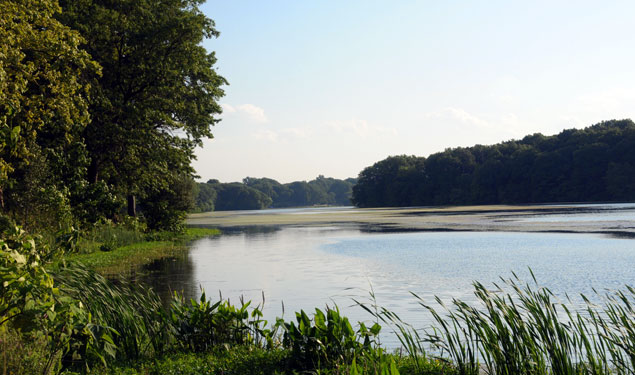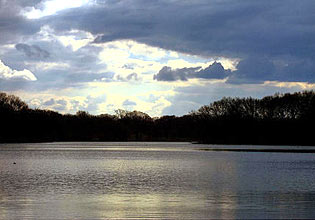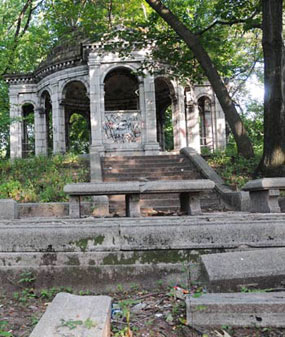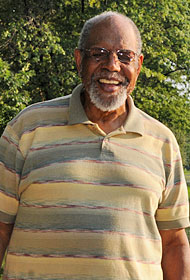

The name Weequahic is derived from a Lenape Indian word "wee-qua-chick" meaning “head of the cove.” Weequahic Lake is fabled to have a central role to the local natives as the border between the Hackensack and Raritan bands of the Lenni-Lenape tribe.
History of Weequahic Park

Located in the eastern section of Essex County and within the City of Newark, the first parcels of land for Weequahic Park were purchased in 1896. The initial 265-acre tract was carved from farmland, fairgrounds, and swampland on the outskirts of town. The “reservation” quickly evolved into a popular destination with a variety of organized onsite activities. The rapid development of residential areas surrounding the park and the ready availability of mass transportation ensured the future of the neighborhood park and, by 1901, the Olmsted Brothers firm had finalized the site’s formal design.
The Olmsted Brothers firm incorporated many existing elements in their plan, including an equestrian trotting track once part of the Waverly Fairgrounds, where President Ulysses S. Grant once rode horses, and 80-acre Weequahic Lake, the largest in the county which became the focal point of the design. The plan transformed the lake and its environs into a naturalistic landscape with broad lawns and forested groves on the gently rolling landscape. Early amenities included the fairgrounds and a grandstand. In 1904, a 9-hole golf course, designed by noted golf course designer George Low Sr. opened in the park, later expanded to 18-holes in 1969. In 1916, architects Carrére and Hastings designed the Divident Hill Pavilion located on the park’s highest point to mark Newark’s 250th anniversary. The Gothic-style Elizabeth Avenue Children’s Building and Franklin Murphy Monument were constructed that same year.
The second largest of Essex County’s seven parks, Weequahic is one of seven parks in the city under Essex County control. The Weequahic Park Association, through a partnership agreement with the county, has been the steward of this historic acreage. The inadequacy of county funding has forced the WPA to seek financial support to maintain and upgrade the park and to reduce the administrative shortfall. Without additional funding, the park will sink into further decay, making it a prime target for land development.
Wilbur McNeil, the President of the Weequahic Park Association has been active on many fronts to protect and improve the historic designed landscape. Mr. McNeil and the association have actively encouraged a dialogue between park visitors and administrators. This has enabled many visitors and community members, including religious groups, social service agencies and schools, to become involved in efforts to improve the park and has raised attendance for programming. Mr. McNeil has organized volunteer training for many of these groups so that they may take part in onsite work projects. He has tirelessly protected the environmental integrity of the park by reaching out to nearby neighbors as well as the Port Authority of New Jersey and Newark International Airport regarding pollution from their facilities.

Threat
In an economically challenged city such as Newark, a large park can come to serve as a centerpiece for leisure activities. Many neighboring residents utilize Weequahic Park as a substitute for out of town trips and as a retreat from the temperatures during the summer. The steady decline of Weequahic Park’s facilities in the absence of sufficient resources to maintain the historic designed landscape threatens its value to the community as a peaceful and affordable respite from its urban surrounds.
Of particular concern is 80-acre Weequahic Lake, which is the largest body of water in Essex County. Runoff and other pollution have led to the eutrophication of the lake, a condition where the dense growth of algae has prevented oxygen from reaching other plant and animal species in the lake, leading to a decrease in those populations. While the lake is on the U.S. Impaired Water List and signage marks the lake as unsafe for recreational water activities, however, the community continues to utilize the lake for fishing as a source of food.

